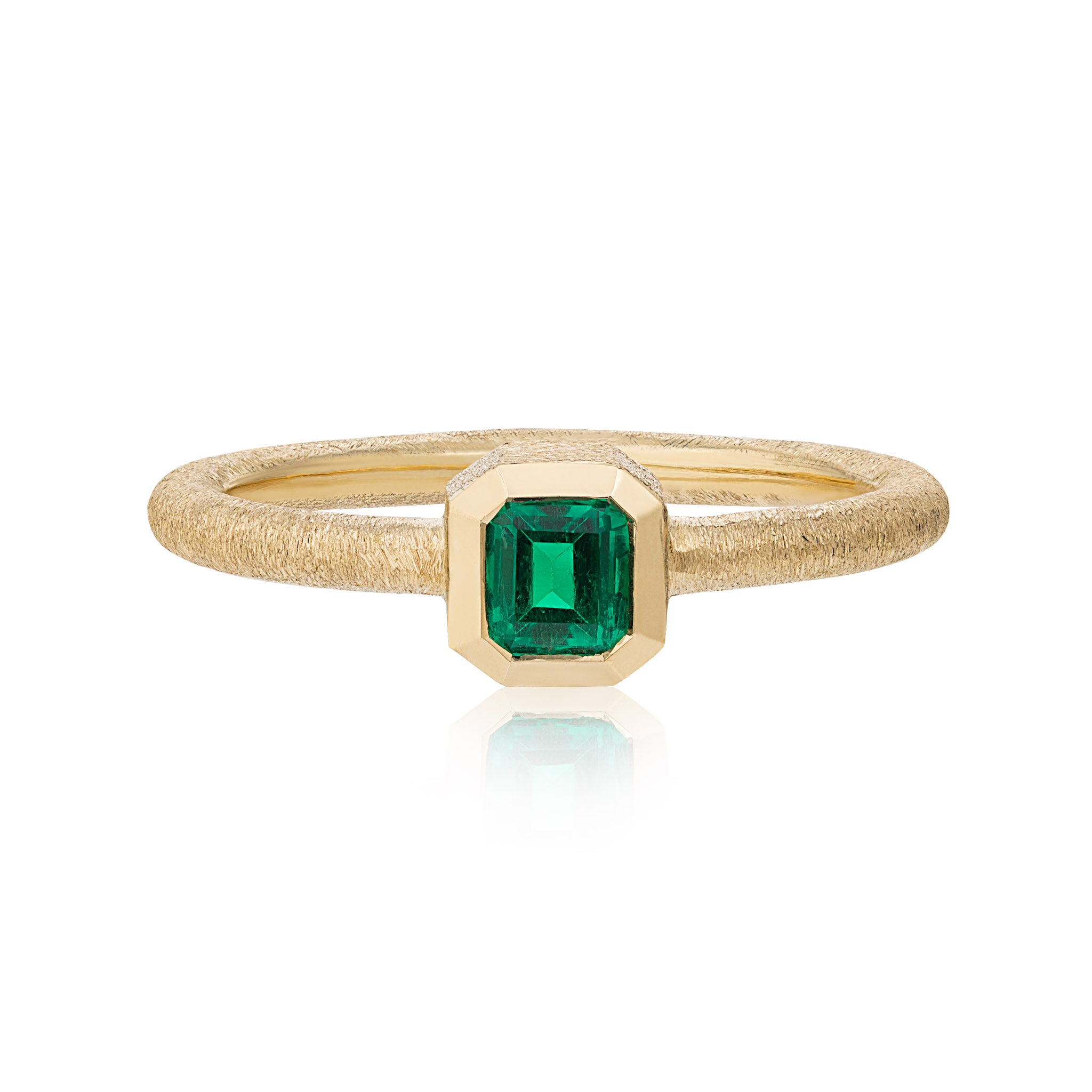
(At 187.63 carats the Foxfire diamond is the largest precious gem ever produced in North America)
For many years Africa was home to the world's largest diamonds, however advances in mining technology and infrastructure in other parts of the world have led to some colossal discoveries elsewhere. The most recent example of this is that of the Foxfire diamond, the largest ever discovered in North America, which has been on display at the Smithsonian's National Museum of Natural History in Washington, USA, for the past two months. This stone was created more than 2 billion years ago, when it was formed by extreme pressures and forces deep within the earth. It is for this reason that it has gained the attention of the scientific community who are keen to discover what clues it may hold regarding the origins of the universe. At 187.63 carats it is very unusual for a diamond of this size to survive the violet volcanic forces that drive it to the surface and careful laboratory examination of the stone has revealed that it was at onetime much larger, with a significant part of its original mass breaking off in the process of its expulsion from its subterranean birthplace. This is thought to have taken place in the midst of a massive seismic event around 60 million years ago when molten kimberlite, an igneous rock often containing diamonds, was forced to the surface via several surface fissures in the rock.

(The Diavik mine, Canada, 'birthplace' of the Foxfire diamond is just 130 miles from the Arctic Circle)
The stone was discovered in 2015 from Rio Tinto's remote Diavik mine deep within the vast expanses of the Northwest Territories of Canada. At just 130 miles south of the Arctic circle, the mine spends most of the year shrouded in ice and snow and it was only possible to mine the deposits here by damming the lake the sits atop the site to create massive artificial islands. Due to the rareness of stones of this size, the production plant is designed to crush anything more than an inch in diameter so it is astonishingly fortunate that the Foxfire managed to slip sideways through two crushers to emerge from the facility intact! In 2016 the stone was sold for an undisclosed amount to Deepak Sheth of Amadena Investments, specialists in trading historic or unique gemstones. They then took the unusual step of loaning the diamond to the Smithsonian to enable their scientists to analyse it. Due to the fact the Diavik mine is due to close in 2024 and it is extremely unlikely that any larger stones will be found before then, it is thought that the stone will fetch at least $10 million when it goes to auction. Its etymology is from the aboriginal name for the aurora borealis, or Northern Lights, which are visible from this region and are said to resemble "foxtails swishing in away in the sky."

(The Smithsonian contains one of the largest and finest collections of gemstones in the world)
During analysis at the Smithsonian a highly unusual characteristic of the Foxfire diamond was observed. When it was exposed to different types of light and viewed through a spectrograph to assess the refraction of elements within the crystalline structure of the stone it was found to glow bright blue under black light. This quality is caused by the presence of trace quantities of nitrogen, the volumes of which could be determined by spectral analysis of that light. What is truly unique about the Firefox is the fact that when the light is turned off the stone continues to glow, initially a deep orange colour which then fades to a creamy white hue. This type of phosphorescence is extremely uncommon in diamonds and it provides a unique insight into the physical and chemical composition of the stone. Although larger stones have been discovered elsewhere in the world, such as the vast South African Cullinan diamond at an enormous 3,106.75 carats, diamonds from North America are particularly sought after due to their high clarity. They also carry the advantage that they can be sold as guaranteed 'conflict free' gems, as their Canadian provenance can be proved by microscopic maple leaves and polar bears etched into their surface.

(Diavik is one of the remotest mines on earth & one of the most expensive recent mining projects)
Environmental and employment regulations and standards in Canada are also very high compared to many of their African and Asian counterparts, which has the effect of enticing an ethical customer base. Furthermore the geology of Canada enables mining operations to be relatively compact, making it far easier for them to be restored to their original wild condition on completion of mining operations and the Federal Government require a detailed plan for this before mining operations even commence. One of the unique qualities of the Diavik mine is that it is essentially in the centre of a lake so when the mine reaches exhaustion in the mid 2020s it can simply be returned to nature as a slightly deeper lake! The Foxfire itself will be on display at the Smithsonian from 17th November 2016 until 16 February 2017, after which it is to be auctioned. Jeffrey Post, curator of the National Gem and Mineral Collection at the Smithsonian, stated that "The Foxfire is truly exceptional, one of the great treasures of the Earth. We are delighted that our visitors will have this once-in-a-lifetime opportunity to view North America’s largest gem-quality diamond in its natural form.” There has been much speculation as to whether any further large gems will be discovered at the Diavik site, as the largest found in the decade prior to the Foxfire was less than 6 carats. The Simthsonian's Gem and Mineral Collection is one of the finest in the world and it has been open and free to the public since its foundation in 1910.


 (31)
(31)
